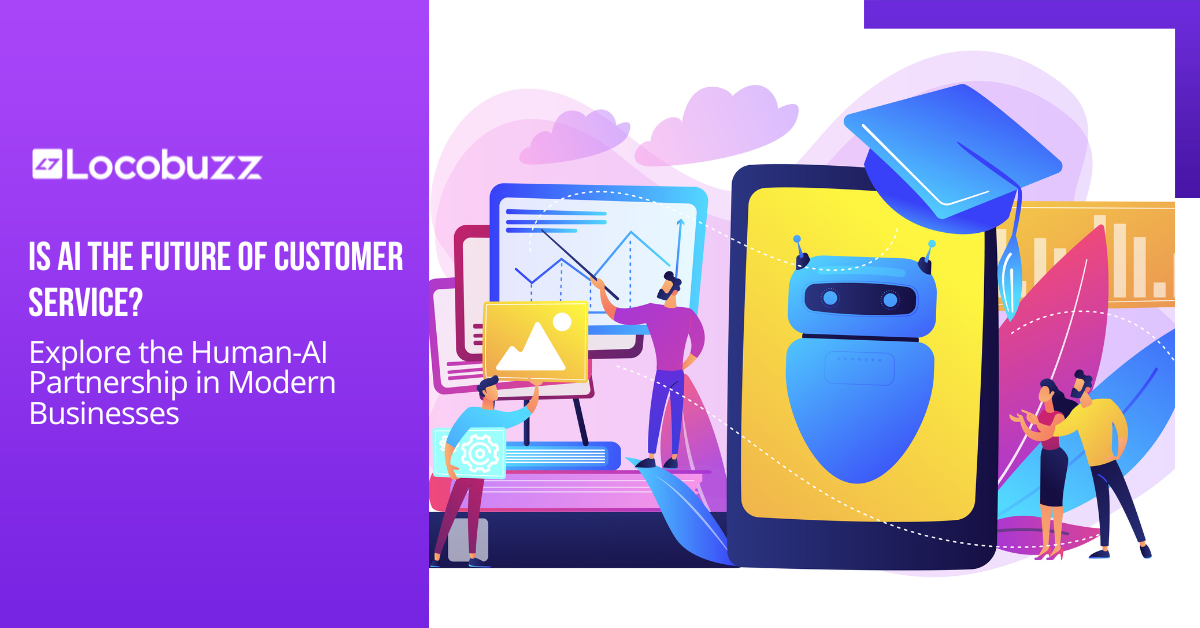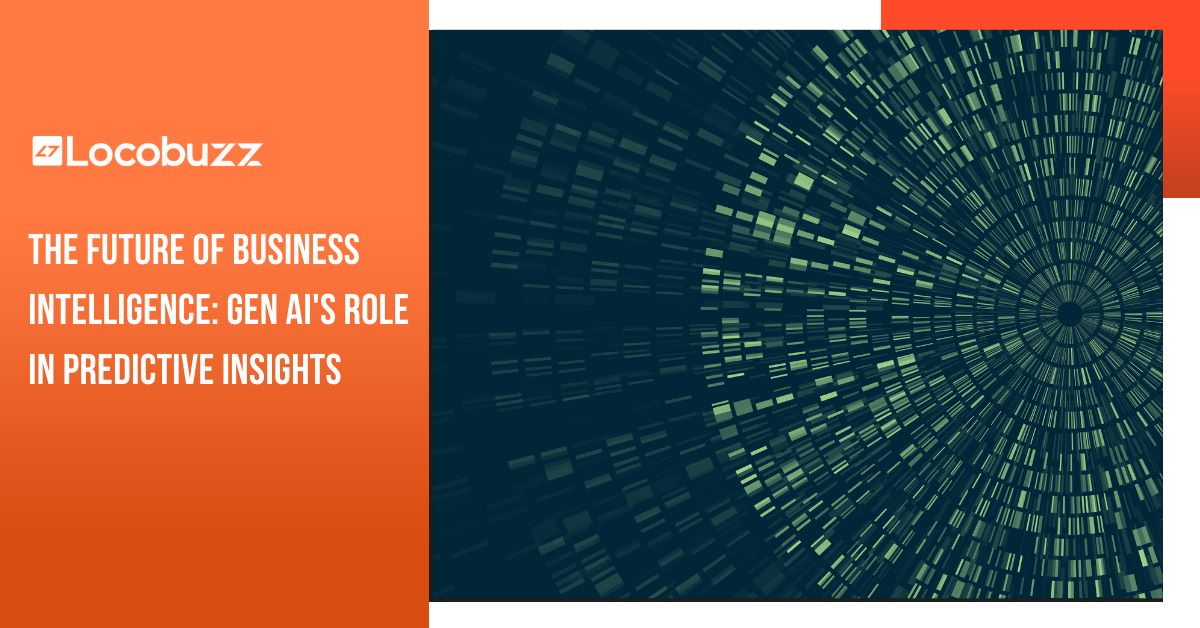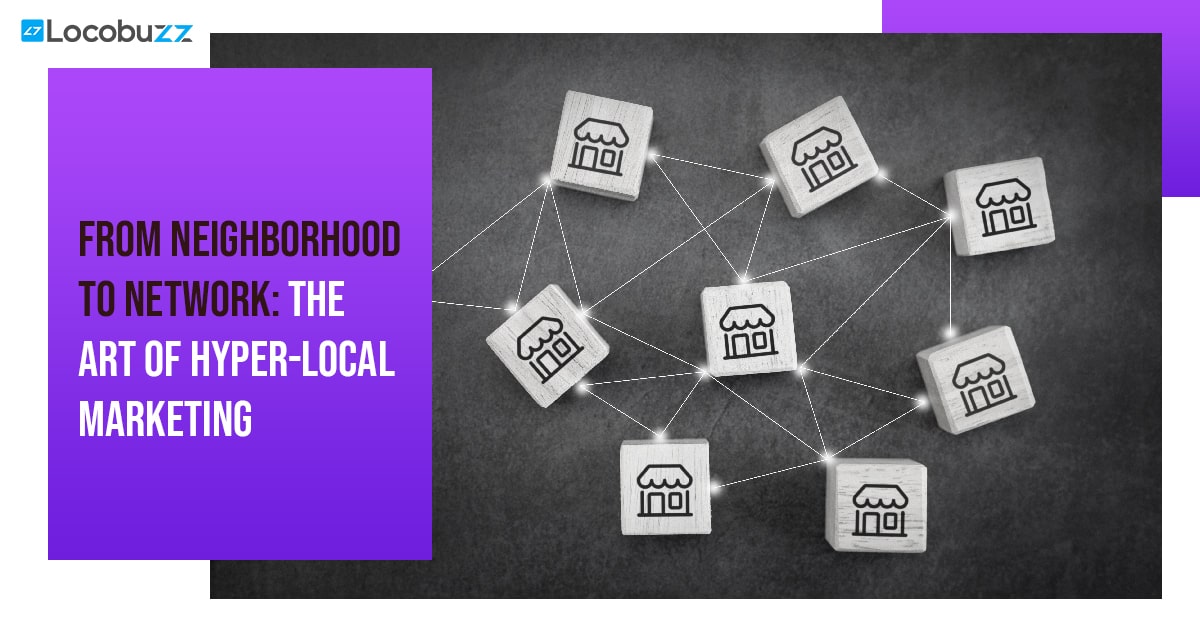The Ultimate Guide to Customer Journey Mapping
Table of Contents
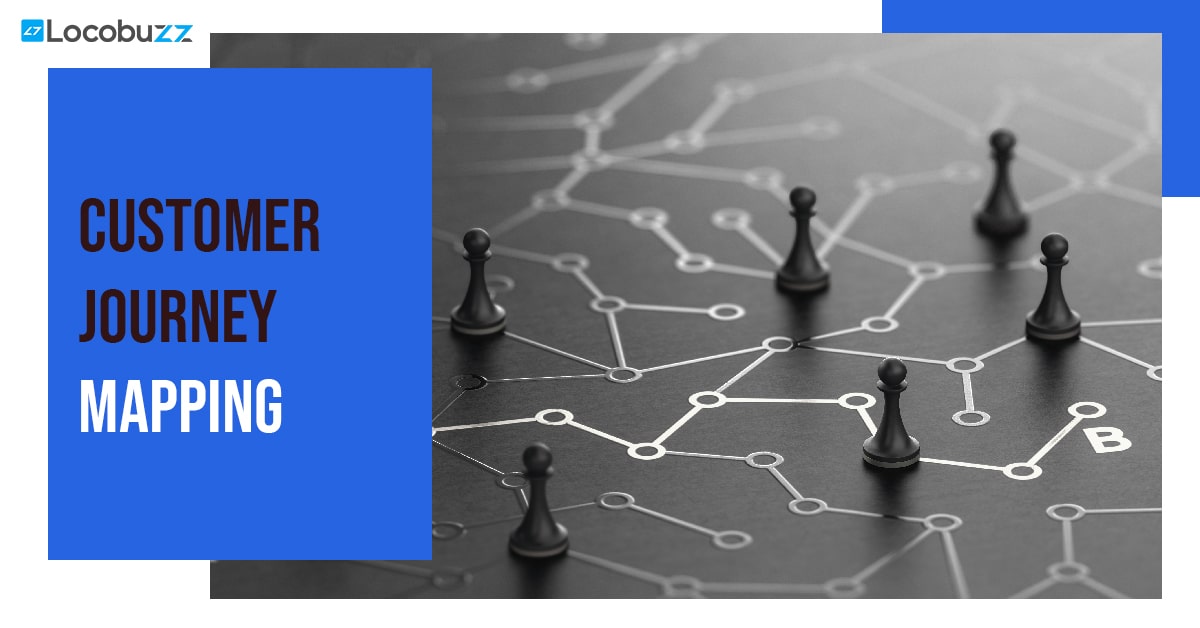
Customers today are a modern-day enigma. You have tons of data that can help you understand them. Yet somehow, they manage to remain a loaded mystery.
The issue with standardizing the definition of a customer lies in how the customer journey has changed over the last few years. Gone are the days when print media or radio/television was the primary source of leads and prospects. And since the starting point was the same, the succeeding customer journey more or less played out in a uniformly defined manner.
However, the sales and marketing cycle has changed drastically since the advent of the internet. You will attract customers through email campaigns, social media, paid advertising, search engines, and even blog posts.
At the same time, each customer will have a varying degree of brand awareness, perception, and expectations. Most critically, every customer would want to be treated as unique.
On that note, we explore the concept of customer journey mapping to keep up with the changing tides.
What Is Customer Journey Mapping?
Customer journey maps are a visual representation of the customer experience depicted through interactions. Typically a flowchart or a storyline, a customer journey map illustrates the role of every touchpoint as the customer transitions from the awareness stage to the advocate stage. Given the diversity of customers, organizations can have more than one customer journey map.
Customer journey mapping is essentially putting yourself in the customer’s shoes while tracing the steps from the pre-purchase to the post-purchase state. In doing so, you can take an empathetic view in making the journey as frictionless, meaningful, and loaded as possible.
At the same time, such customer insights offer visibility to the needs of the prospects at every stage and the different factors that encourage or discourage them from moving forward.
Elements of a Customer Journey Map
Now that you have a basic understanding of a customer journey map let’s dive deeper into the individual components present inside of it. Typically, a customer journey map will contain details like:
Buyer’s Persona
You cannot understand your customer and their needs unless you know who they are and what they want. To do this, you will have to create what is known as the buyer’s persona.
A buyer’s persona is a detailed profile representing your target audience. It is a compilation of various demographic details and traits that are found in a fictional ideal customer promising maximum customer lifetime value.
Luckily, you don’t even have to look far and wide to create a buyer’s persona. Simply dive into your existing customer data to gain insights into your high-value customers. The overlapping qualities and preferences are the foundation of your buyer’s persona!
Purchase Phase
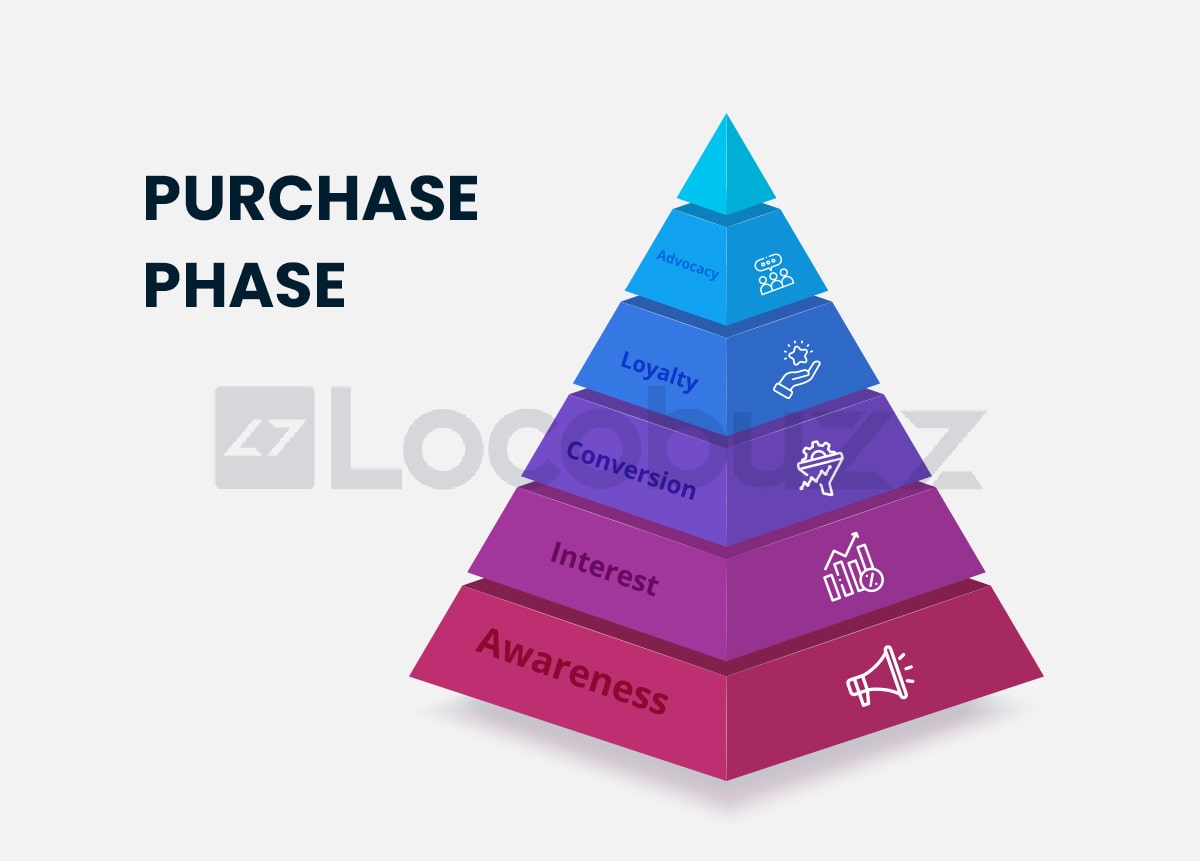
As mentioned, the customer moves across different phases, from awareness to advocacy. However, this customer journey is not linear in the current time and age.
More than 50% of consumers – a number that is rapidly increasing – carry out DIY research before deciding on what to buy. As such, some of your customers may skip all the preliminary stages and visit your website primarily with the intent to purchase.
Given this variability, your customer journey map should contain a field indicating the purchase stage – Awareness, Research, Consideration, Purchase, Advocacy – at which the customer stands.
Customer Touchpoints

Touchpoints stand for every interaction a prospect or a customer has with your brand, regardless of the channel, throughout the customer journey. The number of touchpoints translating into a successful deal varies depending on the sales readiness of the customer. However, you can get the desired outcomes with the right mix of marketing and customer service strategies that can tip the scales in your favor.
As such, feel free to go all out by embedding every customer touchpoint with value-loaded assets like marketing collateral, digital and physical properties, engaging conversations, and ongoing customer support. In other words, you have to reward your customers for sticking around.
Customer Insights
Customer insights are the lifeblood of your customer map. Here’s where you capture critical details such as the customer’s thoughts, actions, and emotions (more on this later).
Each of these elements helps enrich the customer experience and personalize it to some degree. And what can be a better way to gain customer insights than straight from the horse’s mouth?
Capture customer feedback through surveys and live interactions to understand what customers think about you to construct the customer journey to enhance or improve brand perception. You can also use social listening tools to get an unbiased and unfiltered opinion of your brand.
Emotional State
While the emotional state is, in a way, a subset of customer insights, it requires special mention, especially in the present context. Customers expect emotional intelligence from businesses.
In fact, catering to this requirement can increase consumption by 70% while also unlocking account creation or registration by 40%! The emotional state forms the bedrock of customer loyalty, which is why it needs to be predicted and mapped effectively. You can also incorporate emotional motivators to shape customer behavior and outcomes.
Opportunities
The customer journey will present multiple opportunities to win over the sale, nudge the customer into the next phase, prevent churn, and other interventions. Note down these opportunities as a footnote, along with the different tried and tested strategies that have obtained the desired outcomes.
Opportunities can also take the form of obstacles or customer pain points, which, when addressed, will benefit your business significantly. Find ways to flatten these roadblocks to keep the customer journey smooth and painless.
Types of Customer Journey Maps
Customer journey maps come in different variants, each serving a distinct focus area or business purpose. Businesses can create bespoke customer journey maps that are highly specific to their organization or use any of the following types of customer journey maps and customize them:
Experience Maps
Experience maps are the simplest of customer journey maps. These capture customer behavior across different stages until you reach the desired outcome. It helps businesses connect with the customer’s needs and wants and the corresponding action that it may elicit.
As a result, it offers high-level visibility into the customer experience. You can also reverse engineer these experience maps from various friction or drop-off points and narrow down what caused it in the first place.
Current State
As the name indicates, these customer journey maps capture what your customers feel, think, and do as they interact with your business in the present. Think of it as taking stock of your existing customer journey.
You gain insights into the customer psyche, mindset, pain points, opportunities, and behavior. They are pretty much like experience maps, except they dive deeper into the customer mindset to identify the reasoning behind why a certain thing takes place.
Future State
Future state maps use the current state maps as the benchmark to envision what the future state should look like. You can think of them as the futuristic roadmap that shifts the focus on what’s next.
As such, you have to design customer experiences that will help achieve your goals by bridging the current state with the future state. And while the current state is practical and rooted in reality, the future state is aspiration and allows you to brainstorm and experiment with the different ways in which you can enhance customer experience.
Day in the Life
A day-in-the-life map is primarily used for applications, platforms, and software solutions that are used by buyers frequently. It charts the user’s day-to-day behavior to have a stronger grasp of how the solution is improving their lives and addressing their pain points.
Such maps are highly functional as they collect data on how the customer interacts with the product at different points in the day. It can then be used to gain context on customer behaviors, routines, roles, responsibilities, and actions. The objective is to accommodate these variables and wow the user every time they log in.
Empathy Maps
With empathy emerging as a significant driving force to impact customer behavior, businesses are turning to empathy mapping. However, it is interesting to note that empathy maps are not “maps” in the strictest sense. These are something in the form of a quadratic graph depicting what the user says, thinks, does, and feels while using a product or availing a service.
With this background, it is evident that the data captured in empathy maps are primarily obtained from customer feedback or during usability testing. You may use empathy maps to categorize customers into focus groups or segments and tailor the customer journey.
Persona-Based Maps
As the name suggests, persona-based maps revolve around user personas. Businesses may service an array of individuals fitting varying profiles. By creating persona-based maps, they can understand the typical pain points of every cohort.
It can also enlighten you on the varying preferences of the different customer segments so that you can individualize their journey without putting in too much effort or resources. Hence, it is perfect for small-scale businesses that are just getting started.
Service Blueprint
While most customer journey maps are customer-centric, a service blueprint is oriented on how companies operate to deliver products and services to the customer. These outline the individual action of every stakeholder involved in the process, such as the marketing expert, sales rep, customer support agent, delivery partner, etc.
Resultantly, it functions as an equalizer that strings together the many disparate entities to capture their holistic impact and effect. At the same time, it can help identify any bottlenecks and friction points that can cause you to lose a customer.
Benefits of Customer Journey Mapping
Customer journey mapping attracts the following host of advantages:
- It lays the groundwork for cross-functional stakeholder alignment. As a result, different departments (like sales, marketing, and support), teams, individuals, or even organizations can collaborate effectively and deliver a uniform and consistent customer experience.
- It demystifies how the lead traverses through your organizational pipeline to emerge as a customer. The visual representation of the customer journey lends visibility despite any complexities or complications.
- We’ve seen that customer maps are a treasure trove of data that can improve customer experiences. As such, the process of customer journey mapping allows businesses to gain context on the motives behind the incoming traffic.
- One thing that has come up consistently in this post is how customer journey mapping paves the way for personalization. Businesses can use customer journey mapping to offer persona-based personalization or take it up a notch with hyper-personalization through a customer experience management tool. Either way, it is continual improvement!
- Almost 91% of consumers will let go of a business or a brand after poor customer experiences. Customer journey mapping mitigates this problem with a two-fold approach. First, it improves the customer experience, and second, it helps businesses identify problems to offset churn.
- Even though you may deliver a pleasant customer experience consistently, it needs to be peppered with wow moments that take the user or customer by surprise. Customer journey helps you retarget the customer base through relevant incentives and motivators.
- Customer journey maps grant visibility to every touchpoint preceding the sale. As such, you can use it as a reference point to offer value during every interaction to steer the customer in the direction of the desired outcome.
- When one accounts for all the benefits discussed above, it becomes clear that customer journey mapping plays a critical role in boosting customer experience without subjecting your employees to any stress or duress.
Steps to Build a Customer Journey Map
We’ve seen what a customer journey map is and understand its various types and advantages. But how can you build a customer journey map?
We’ve got you covered.
Here’s a step-by-step guide to building customer journey maps:
Make a Case for Customer Journey Maps
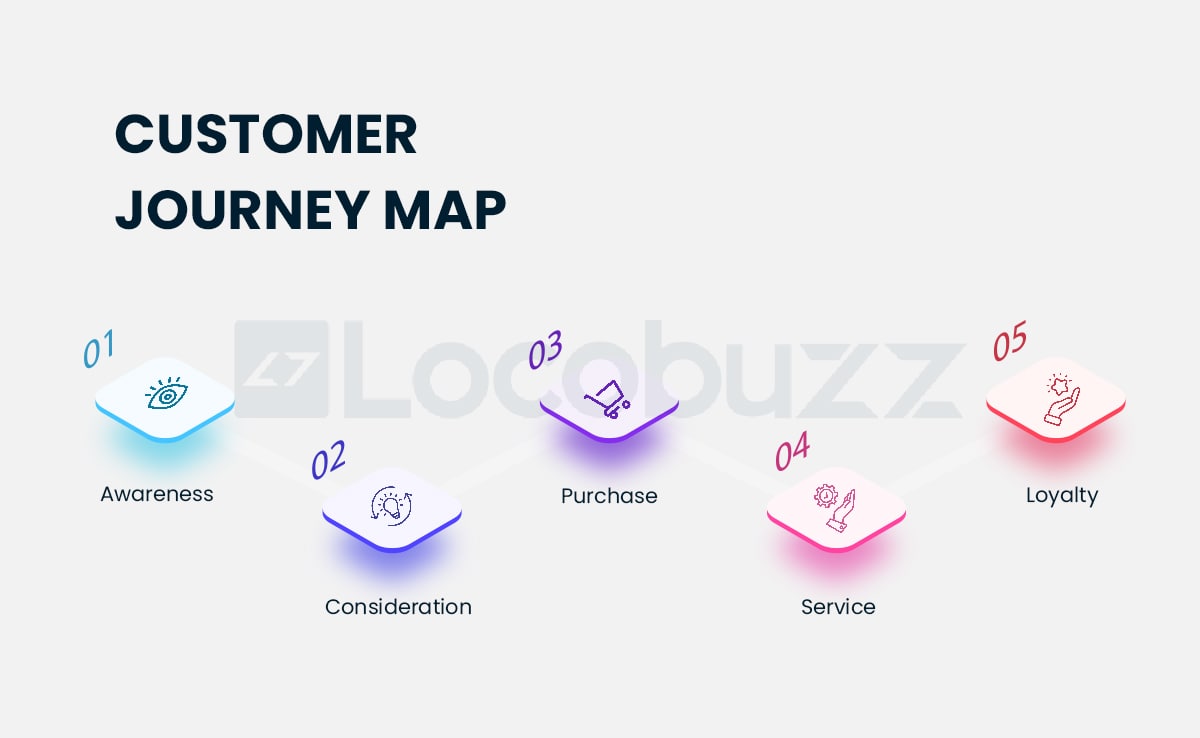
Before you start scraping through customer data and dive headlong into flowcharts, take a moment to step back and gain some perspective. Ask yourself the following questions to have a better understanding of why you are taking on this project in the first place:
- What is the primary objective of creating the customer journey map?
- Would the customer journey map cover all the different buyer personas or target a single one?
- How will you introduce changes stemming from the new customer journey map?
By defining the scope of the customer journey map, you will prevent it from turning into a vanity project.
Centralize Customer Data
The existing customer data that you may have at your disposal is worth its weight in gold. As such, start from what you already have.
Analyze your customer base to identify the high-value and loyal customers, map how different customers stumble upon your products and service, evaluate how they interact with you at different touchpoints, and understand what they feel about you. Such information can help you find the common denominator that binds your best customers.
Identify Key Customer Touchpoints
Take stock of all the customer touchpoints that feature across the customer journey. Compile a comprehensive list of the different touchpoints, measure their weight using the customer data available, and assign them priorities.
Doing so will help you align the customer touchpoints with your customer service goals. The point is to trace as many routes as possible and then segment them into different phases to keep the journey flowing.
Test the Customer Journey
Now is the time when you assume the role of a customer and experience the journey for yourself. Study the customer journey objectively to find out potential obstacles, pain points, and frustrations that may crop up along the way.
While doing so, also take note of your emotional state and its implications on the desired outcomes. As far as possible, involve all the different teams and stakeholders (at least the experts) to chip in on how to perform customer journey optimization.
Conduct Periodic Review
Testing, review, and analysis should be a common practice for customer-facing processes. And customer journey mapping is no exception to this rule. Use data-driven tools to thoroughly analyze the customer journey and compare it with previous findings to measure progress.
Also, make it a habit to capture customer feedback regarding the experience and journey and act on the ones that matter.
Tips for Customer Journey Optimization
Congratulations! You now know almost all that there is to customer journey mapping. But before we wind up, here are a few cheat codes that will help you go the extra mile:
- While customer journey mapping of your most profitable customer groups is a great place to start, expand further to cover different customer personas for sustainable growth.
- A customer journey does not exist in a vacuum, and neither should your customer journey map. Make it accessible throughout your organizations and amongst all stakeholders to introduce standardization.
- Even though you may feel like you have mastered the art of customer journey mapping, customer behaviors and expectations can change in short bursts. As such, collect feedback from existing customers frequently to maintain elasticity.
- Spread your business across as many touchpoints as possible to make it highly accessible and approachable. You can always review these channels at a later stage and pull the kill switch on those that don’t work for you. But start by being omnipresent.
- Use customer journey visualization tools to make all the customer journey mapping data easy to digest and use.
- Identify the right set of metrics to assess the performance of your customer journey map and set realistic baselines.













